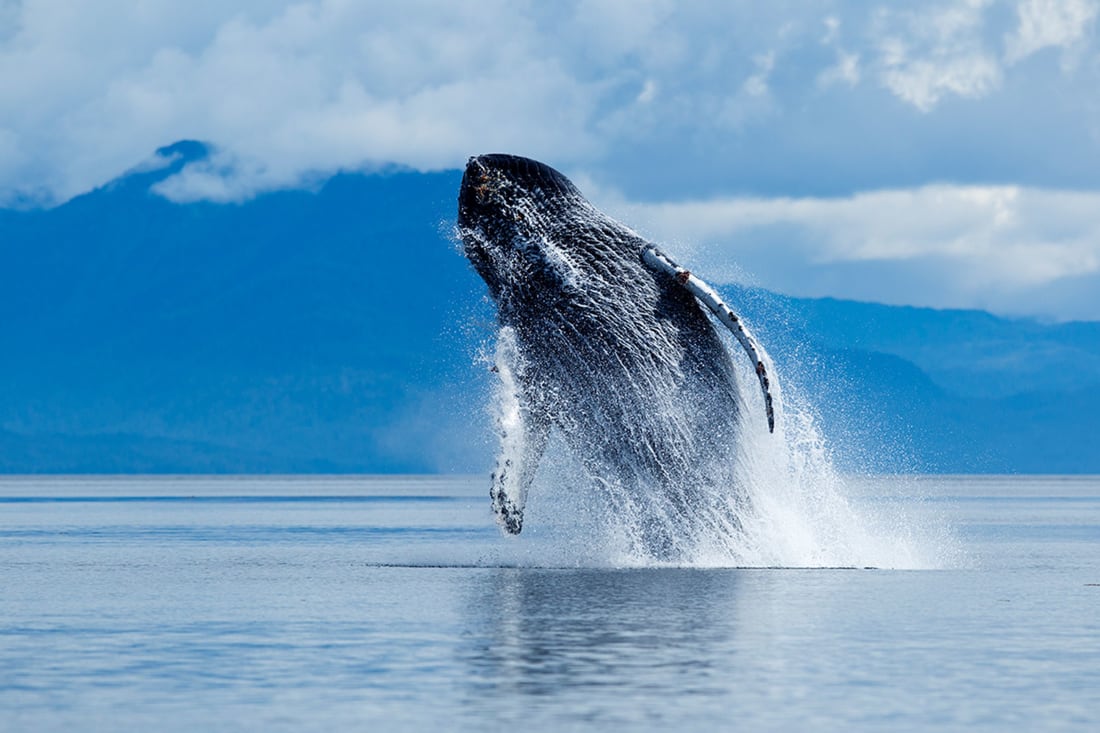Listen up! These animals can actually talk to each other
They’ve been communicating all this time, and we’re finally tuning in
They’ve been communicating all this time, and we’re finally tuning in
Just when you thought animals couldn't get any cuter, they just did. It’s now been found that an astounding 53 different aquatic species – all previously thought to be silent – actually talk to each other (well, in some form or another). The creatures have been far more sociable than previously assumed, and all we had to do was listen to them.
This is exactly what PhD student Gabriel Jorgewich-Cohen did when, on a hunch, he set out to further investigate animals and their relationship with sound. After using microphones to record different species as they interact with one another, he found that an incredible 50 different types of turtles, as well as a tuatara, a lungfish and a caecilian, are way chattier than we ever could have imaged.
What started as a study of a range of animals in captivity around the world (including some at our very own Colchester Zoo in Essex!) resulted in a game-changing understanding of how creatures make the most of different sounds for survival. Turtles, for example, were found to communicate with one another before mating and we can't stop wondering what turtle chat-up lines are.
It was even discovered that turtle babies will sing from inside their eggs to help synchronise the hatching process and experience their first introduction to the world with their fellow young. We’re not crying, you are.
Meanwhile, tuataras – a type of reptile who look similar to lizards – were found to use sounds to mark their territory from competitors.
Jorgewich-Cohen suggested that not-so-secret convos between these creatures went unnoticed for so long simply because until now, we weren't listening to them. He claimed that interactions between sea creatures are particularly hard to detect, leaving aquatic animals understudied as field research tends to be directed towards more accessible land animals. But these talkative turtles are opening up the conversation, literally.
What might this mean in terms of scientific advancement?
Other than being a heart-warming revelation, these chatty animals suggest there are many more discoveries in terms of animal behaviour to be made. While the species studied might not have much else in common, the findings do suggest that animals could have similar processes of connecting certain sounds with associated behavioural traits, and sets out ambitious parameters for the future of scientific research into the intelligence of sea creatures.
The study is also contributing to a much wider scientific debate: academics have long discussed whether all living things have descended from one common ancestor, or from multiple different origins. Jorgewich-Cohen’s findings are a significant contribution to the single-ancestor theory, as it could suggest that all vertebrates that breathe through their noses and use sound to communicate descend from the same ancestor.
Who knew that the sea’s most majestic inhabitants could help us answer some of life’s most essential existential questions...



